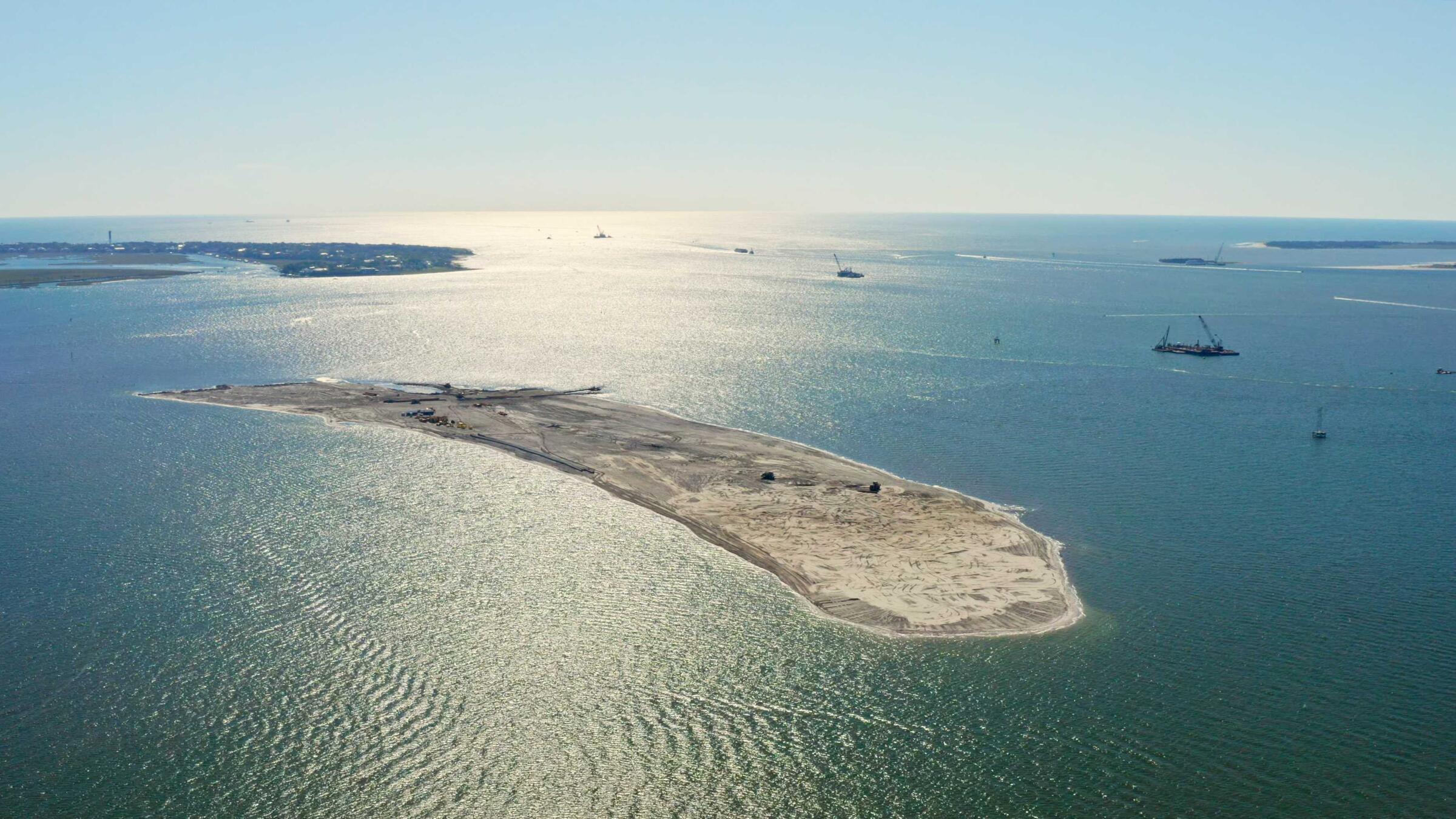The beauty and allure of South Carolina’s coasts are undeniable, attracting residents, tourists, and retirees from across the country. Robust with diverse wildlife, recreation areas, beaches, and so much more, there is no wonder our coasts are a significant contributor to the $24.4 billion tourism industry in South Carolina. There are millions of residents who call our coastal counties home and help drive this state’s vibrant economy.
In November Audubon South Carolina had the opportunity to showcase this value by taking US Representative Nancy Mace on a tour of Fort Moultrie on Sullivan’s Island with Lowcountry land conservation partners including Southern Environmental Law Center, The Nature Conservancy, Lowcountry Land Trust, Ducks Unlimited, and the SC Environmental Law Project. This group of partners collaborate closely with Audubon on raising awareness about the importance of land conservation and working together to take action to increase the amount of land preserved in the Lowcountry. Sullivan’s Island was chosen because of its unique ecology; the island has significant maritime forests and is actually accreting land, where most barrier islands in our state are seeing land loss due to impacts of sea-level rise. This makes the island the perfect opportunity to advocate to preserve these forests which protect the island from the worst effects of storm damage, prevent land loss, and serve as a vital habitat for migratory birds such as the Swainson's Warbler.
Having natural barriers to coastal flooding, sea-level rise, and hurricanes like maritime forests and barrier islands will not only protect our vital coastal habitats but also save our state millions of dollars in renourishment efforts that only provide a temporary band-aid to the effects of climate change. Projects like the recently-completed Crab Bank renourishment project, to which Audubon was a major contributor and Rep. Nancy Mace helped get across the line, only serve as a temporary fix to the problems of sea-level rise, habitat loss, storm surge, coastal flooding, and other effects of climate change. To have a truly resilient coast, we must conserve the natural resources that protect us.
That is why Audubon is working on policy at the federal, state, and local level to strategically and pragmatically protect our coastal natural resources. We support upholding federal protections like CBRA Zones and advocate for investment in natural infrastructure, while actively participating in conversations at the state level like the SC Office of Resilience’s stakeholder process. Our advocates across the state speak up for birds in their local communities to ensure that their special places and birds are protected from conservation challenges like climate change. To make sure this happens, we need your help:





